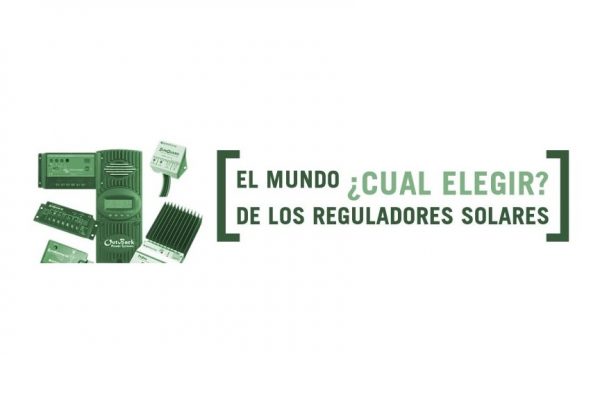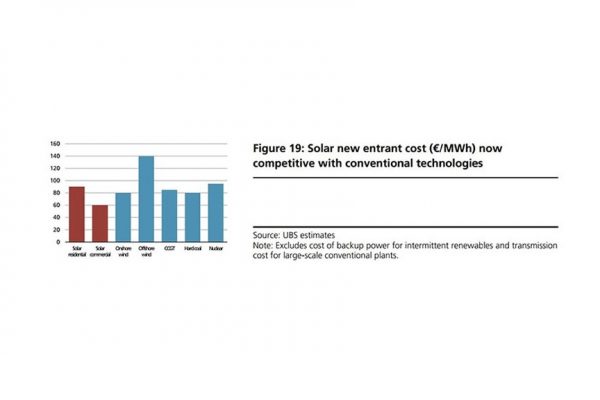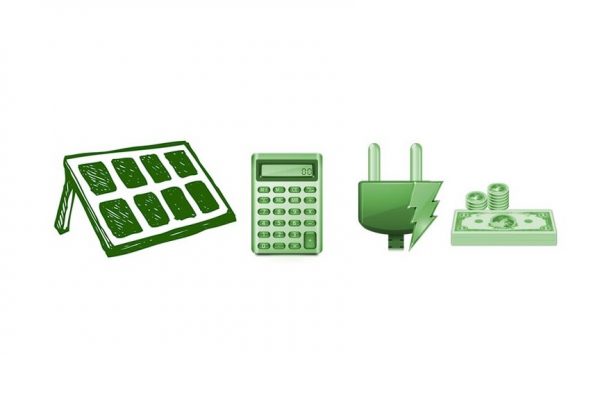As we already know, a solar panel is made from the chemical silicon with a purity of 99.9%. This silicon is melted into a mono-crystalline or polycrystalline ingot depending on the speed of the crystallisation process. Monocrystalline ingots have a higher yield as a result of a slower and more controlled crystallisation process. Once the single-crystalline ingot is obtained, it is cut into thin sheets called wafers, which can be either P-type or N-type depending on the doping applied to the silicon.
The TOPCon (Tunnel Oxide Passivated Contact) technology belongs to the N-type cells. The silicon wafer is chemically altered with chemicals to improve electricity production, the difference between N-type and P-type lies in the material used to dope it. P-type cells are doped with boron, while N-type cells are doped with phosphorus. When doped with boron, oxygen is leaked and the cell loses its charge-generating capacity. On the other hand, when doped with phosphorus, there is no room for oxygen to leak in and no degradation occurs. In addition, chemically altering the wafer with phosphorus adds free electrons and increases efficiency.
TOPCon cells are manufactured by adding layers of polysilicon and tunnel oxide behind the cell. It helps to reduce recombination losses and increase the efficiency of the solar cell.
N-type cells can be:
- PERT
- Topcon
- HJT
- IBC
TOPCon cells are the main cells and were adopted by manufacturers in 2019, although they were first introduced in 2013.
What are the advantages of modules with TOPCon technology?
- Manufacturing process
TOPCon technology modules can be produced on the same machinery as P-type modules. Therefore, the production of TOPCon cells does not require a high investment for manufacturers. - Higher efficiency
TOPCon cells convert more sunlight than P-type cells, resulting in higher cell and module efficiency. TOPCon cells are able to reach 28% efficiency (the maximum efficiency of the PERC cell is approximately 24%). - Low degradation
TOPCon modules have a lower energy degradation power in the first year and over the 30 useful years of the photovoltaic panels, compared to PERC panels. - Lower temperature coefficient
TOPCon cells have a higher resistance to high temperatures, so the performance of modules with TOPCon technology will be higher in hot climates compared to PERC modules. - Bifacial
Bifacial modules with TOPCon technology have a higher power increase than PERC bifacial modules. - Efficiency in low light
TOPcon cells have a higher efficiency in low-light environments, which extends the electricity generation time in the daytime and improves the efficiency of the installation over time.
When to opt for TOPCon technology?
TOPCon technology is expected to be the most widely used technology in the future compared to Mon Perc.
In general, the higher efficiency of TOPCon cells means a lower price in EUR/kWh. Therefore, using more efficient solar panels means that you have more power per square metre. As the power increases, fewer panels are needed. Fewer solar panels also mean less space, less cost and less labour. These cost reductions lower the overall price of the solar energy produced. Therefore, it can be a good possibility if you have limited roof space.
On the other hand, if you have enough space to install the required number of solar panels, it is best to choose a high quality model from the standard range. Why: It is cheaper and provides a better yield in larger quantities than fewer high-quality panels. This is at least as long as the manufacturing cost of N-type solar cells does not come down.




